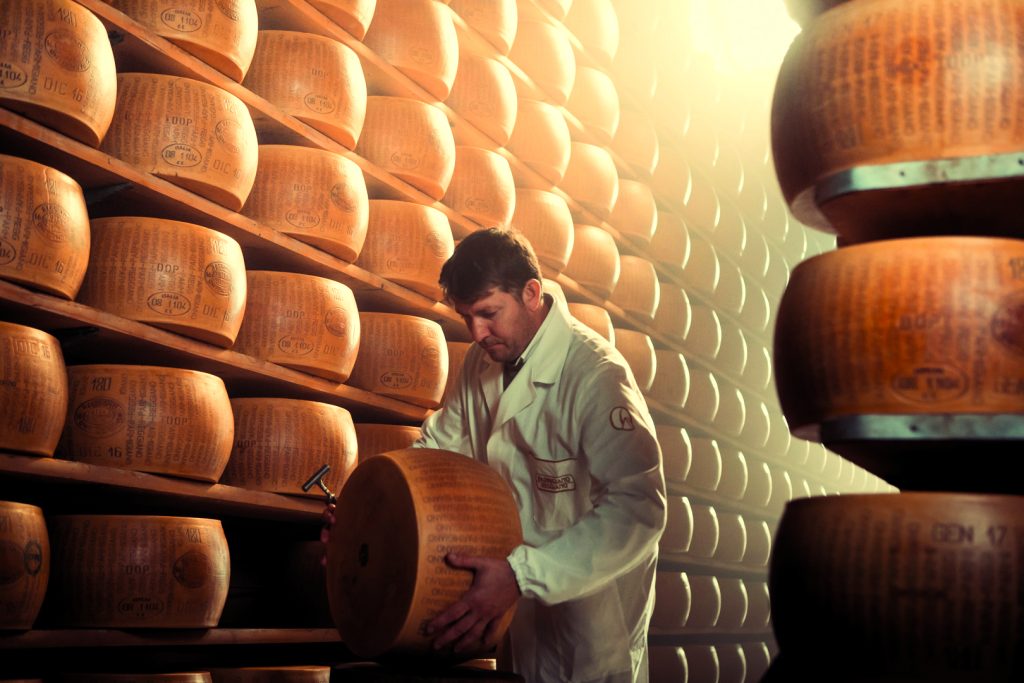
Inside the Italian town that gave us Parmesan cheese
On a trip to the grocery store the other day, I found myself standing in the pasta aisle.
Stocked between the packages of linguine and penne, rigatoni and fusilli, and hovering above exorbitant rows of pre-mixed jars of pasta sauce, were an army of plastic shakers, crammed with Parmesan cheese.
Grabbing one, I rolled the container over and skimmed the ingredients: cellulose powder, potassium sorbate, calcium chloride, lipase, sorbic acid…the list went on, with a string of other words that sounded just as unnatural.
Don’t get me wrong; I’d grown up eating the Parmesan cheese I was now side-eyeing. After ladling chunky Bolognese sauce onto a plate of steaming, buttered spaghetti noodles, the cheese was the next best part, even though sometimes you’d have to whack the bottom to get the clumpy pieces to break apart. After a few vigorous shakes with roughly a quarter of the container dispersed, the pasta was ready to eat.
I never gave much thought to this cheese, which for some reason, could sit on a shelf with dried goods and not go bad, sometimes for more than a year. But after visiting a local caseificio, (known locally as a classic dairy farm) in Parma, Italy, I had a new appreciation for one of North America’s favourite cheeses.
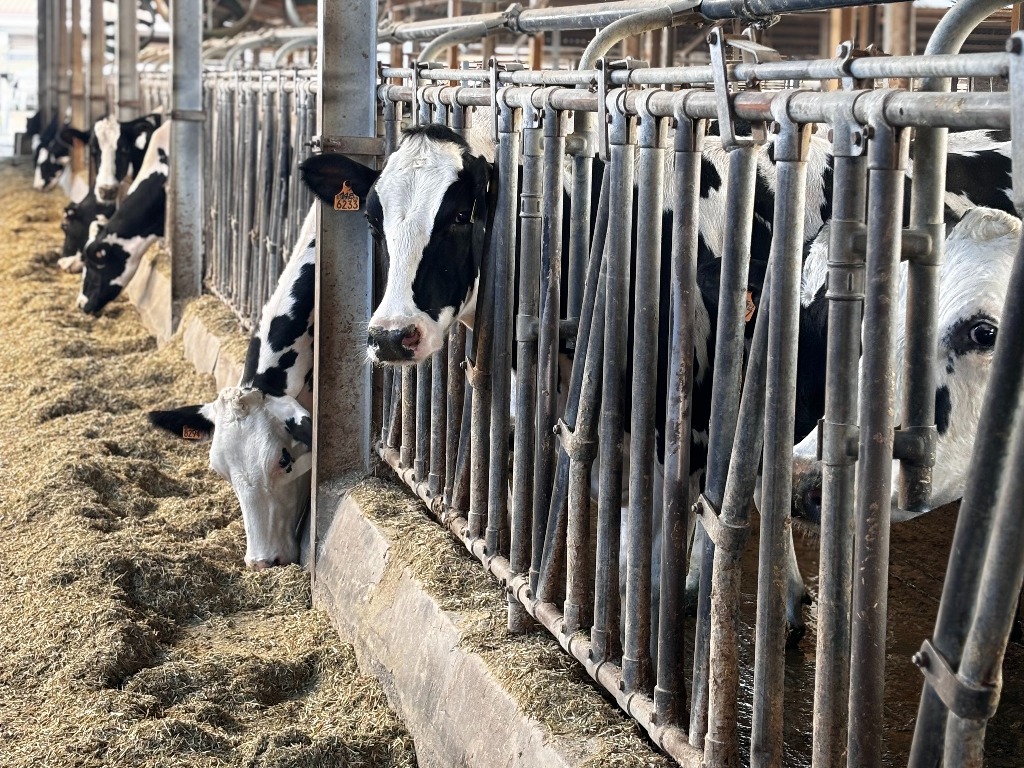

A 1,000 year-old secret
Like the city’s name suggests, Parma is the birthplace of Parmigiano Reggiano, which is a protected designation of origin product, and somewhat of a national treasure to all of Italy.
For one thousand years, the production of Parmigiano Reggiano in Parma has followed an ancient recipe using just three simple ingredients: milk, salt and rennet—familiar and natural ingredients, I might add. With such simple origins, the final product is also lactose-free, high in protein and low in fat.
Originating in the Middle Ages, Benedictine monks were the first to start churning out large wheels of cheese with a long maturation period, using salt from the nearby Salsomaggiore salt mines and fresh cow’s milk.
Free from additives and preservatives, the longer the cheese aged, the more value it held.
According to the Consortium of Parmigiano Reggiano, which was founded in 1901 in a bid to authenticate and differentiate between copycat Parmesan cheeses, the first evidence of cheese being used as commerce through trade dates back to a record of sale in the 12th century. From dowries to land agreements, cheese was used as a form of currency for hundreds of years.
The making of a perfect Parmesan
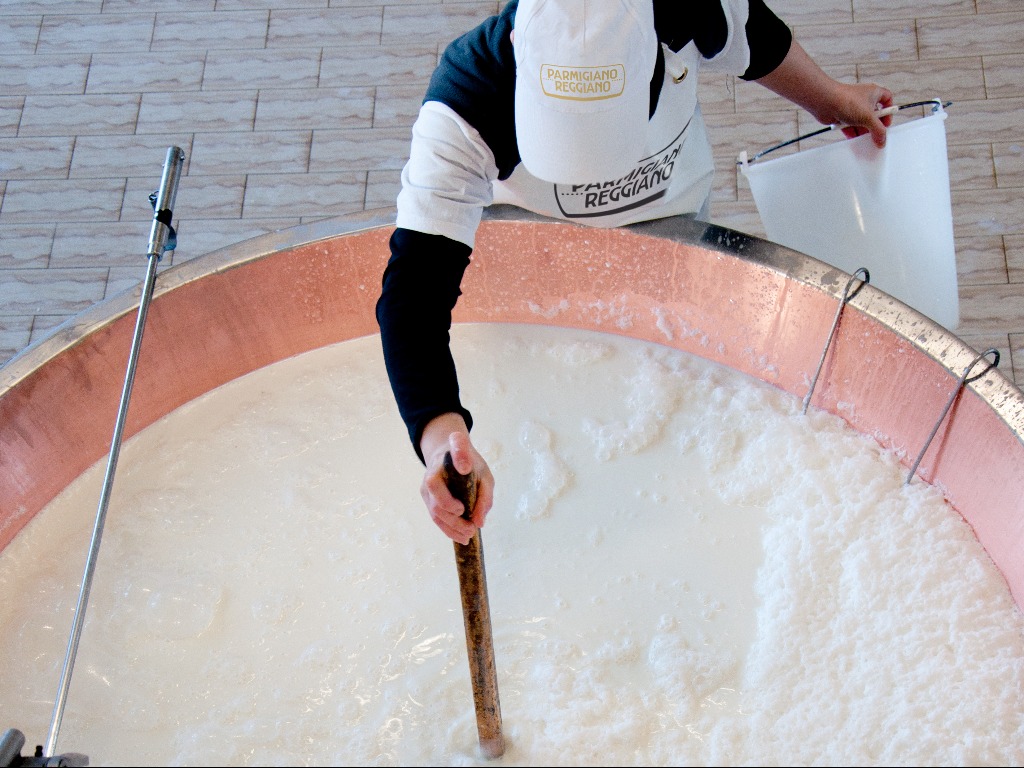
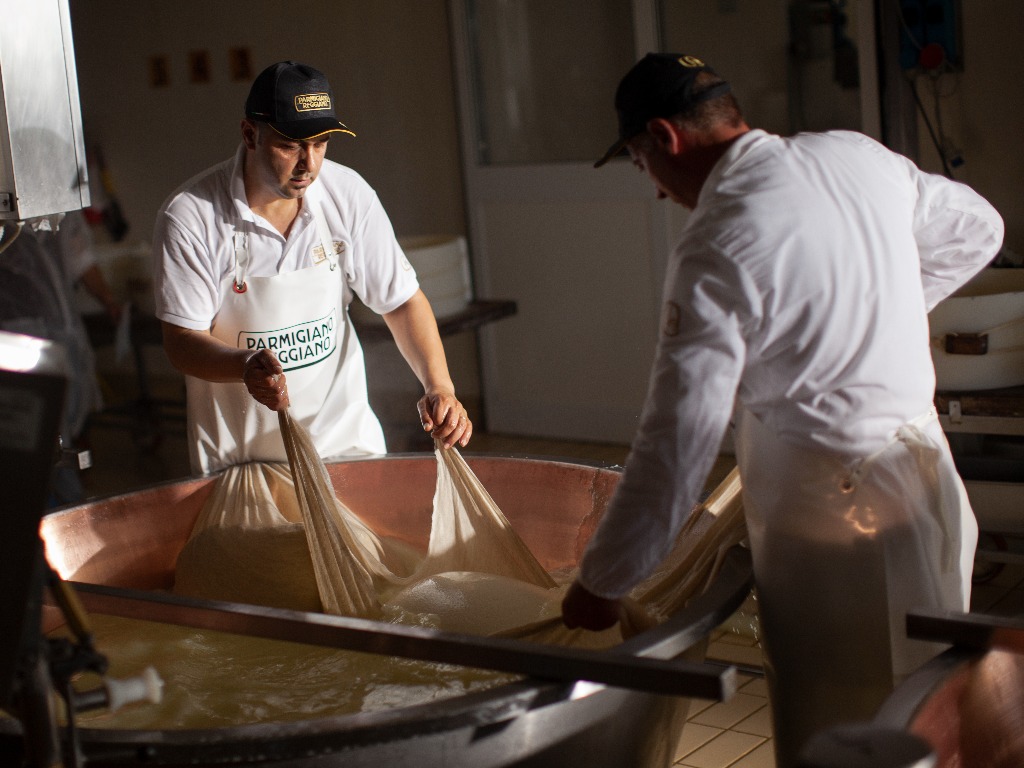
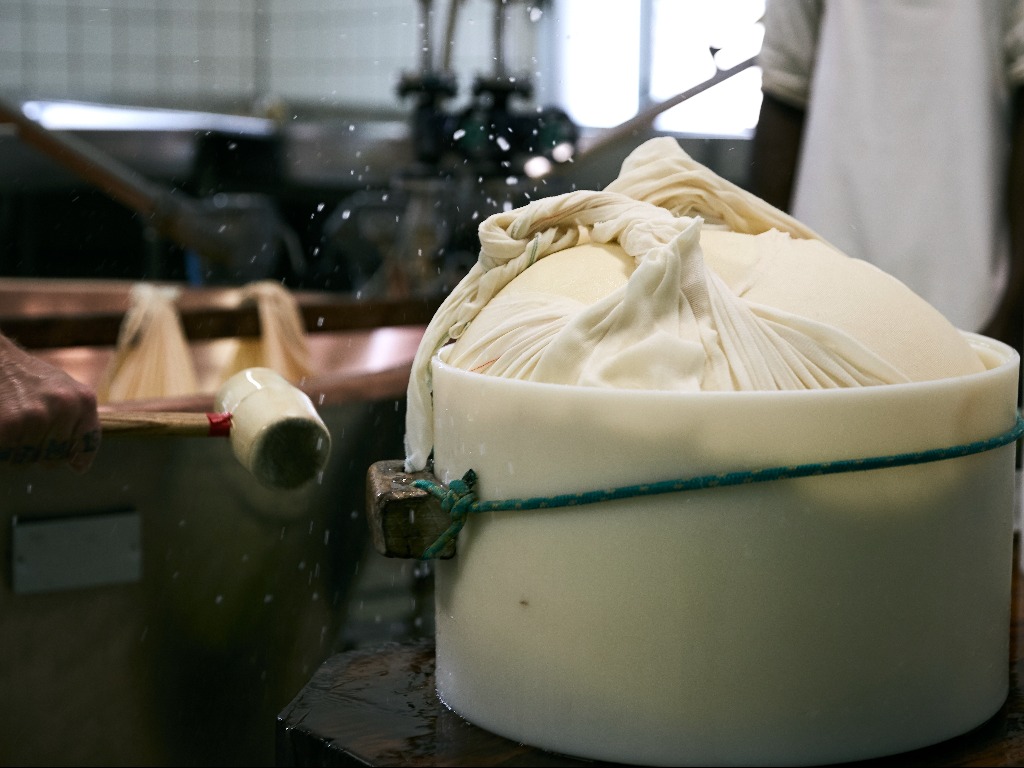
At Azienda Agricola Bertinelli, a producer of Parmigiano Reggiano, the process starts with roughly 550 litres of raw milk.
“Half of the milk is from the previous evening that is kept in large containers and half is from this morning,” said Giovanna Rosati, spokesperson for the Consortium of Parmigiano Reggiano. “In the morning, they push the container over the vat and the partially skimmed milk falls into the vat. They are not allowed to use a decreamer, because it would alter the milk. It’s a great example of a protected designation of origin (PDO) product, which is a product that owes its characteristics to its area of origin, where it is produced, not to some secret patented recipe,” she added.
From there, rennet (an enzyme found in the stomach of dairy cattle) is added and the milk begins to naturally curd. Next, it’s the job of the master cheesemaker to break the curd down and begin cooking the cheese. Using steam, the curds sink to the bottom of the vat and begin to form one giant mass. From start to finish, the process takes roughly 50 minutes, in which two twin wheels of cheese are created.
But the work doesn’t stop there. After cooking, each cheese is wrapped in a traditional linen cloth, then placed in a traditional mould, which gives it its classic wheel shape. Next, it’s transferred to a casein plate, which is outfitted with a sequential alphanumeric code that enables the cheese to be traced all the way back to its origins.
Holding up the stencil, Rosati looks almost like a WWE wrestler with the prized championship belt. “This engraves a few key details on the rind of the cheese,” she explains, noting it includes the code of the dairy producer where the cheese was made, as well as the month and year of production.
To be classified as a true Parmigiano Reggiano product, the cheese must be aged for a minimum of 12 months and undergo a rigorous quality control check, which includes a series of tapping tests to check for air pockets or tears.
And as for the cheese that doesn’t pass the test?
It’s cut up and sold as regular Parmesan—not to say that it isn’t outstanding, but without that stamp of approval, it’s no Parmigiano Reggiano.
This story first appeared in the Spring 2024 issue of OFFSHORE. To read the full version, click here to access a digital copy.

